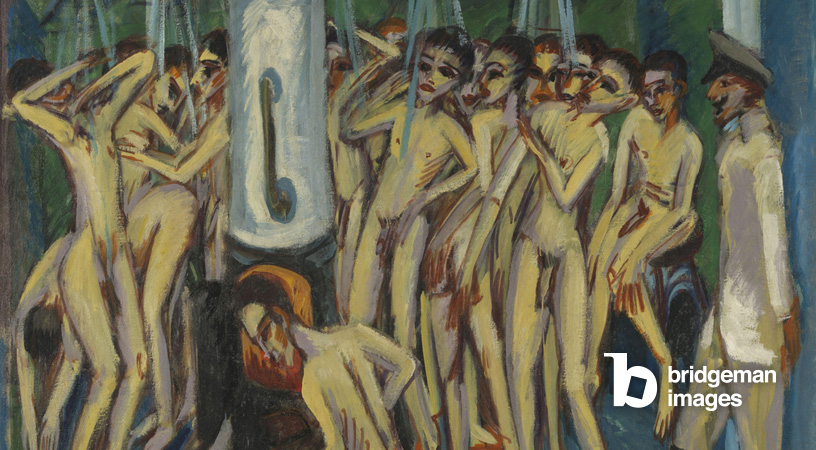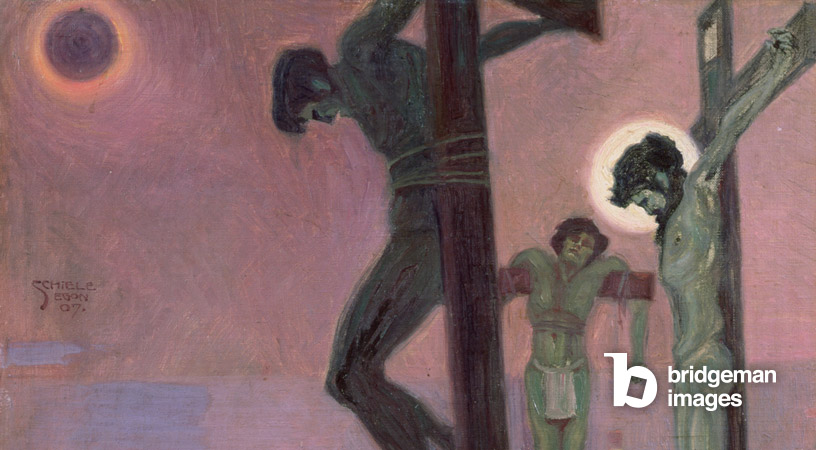Published 22/06/2023
Works of the Expressionist era evoke emotional response and aim to express a pathetically human condition as well as physical and moral reaction.
Explore our selection of Expressionist works.
A collective of German expressionist artists called Die Brücke ("The Bridge") emerged in Dresden in 1905. The painter Karl Schmidt-Rottluff (1884-1976) chose this name to emphasize the artists' intention to establish a connection between expressionist art and the future.
Die Brücke: A Vision for the Future
The artists of Die Brücke found their inspiration in Vincent van Gogh as well as in primitive art, particularly through the works of Paul Gauguin (1848-1903).
Ernst Ludwig Kirchner (1880-1938), a leading figure of the group, opted for a raw and primal expression through colorful and distorted works.

Expressionism as a means of expressing neuroses and social anxieties.
The movement emerged as a means for artists to express neuroses, anxieties, and a sense of revolt in the face of social tensions in a society heading towards the war of 1914.

This emotional and spontaneous approach toward creating art encouraged the use of intense and symbolic colors, accentuated by dark lines, as well as strongly emphasized, even brutal forms. These characteristics can be found in the works of artists such as Egon Schiele or Edvard Munch, for example.

This evokes a sensory effect that highlights moods and dramas through the deformation of certain elements in the artwork.
Der Blaue Reiter, or the Renaissance of Thought
The members of the second group of expressionist artists, Der Blaue Reiter ("The Blue Rider"), founded in Munich in 1909 by expressionist artists Alexej von Jawlensky (1864-1941), Franz Marc, and Wassily Kandinsky (1866-1944), perfectly describe this practice: "The renewal should not only concern forms but be a renaissance of thought."
.jpg)
Explore our selection of Expressionist works.
Get in touch with our team; we are always delighted to assist you in your research, without any obligation or additional cost.


